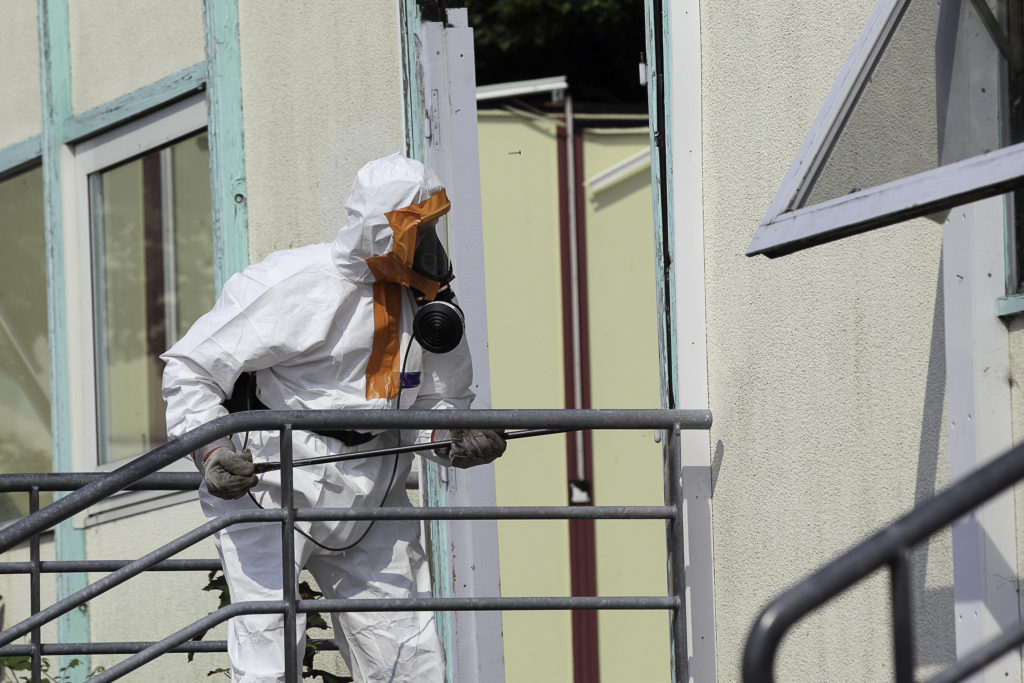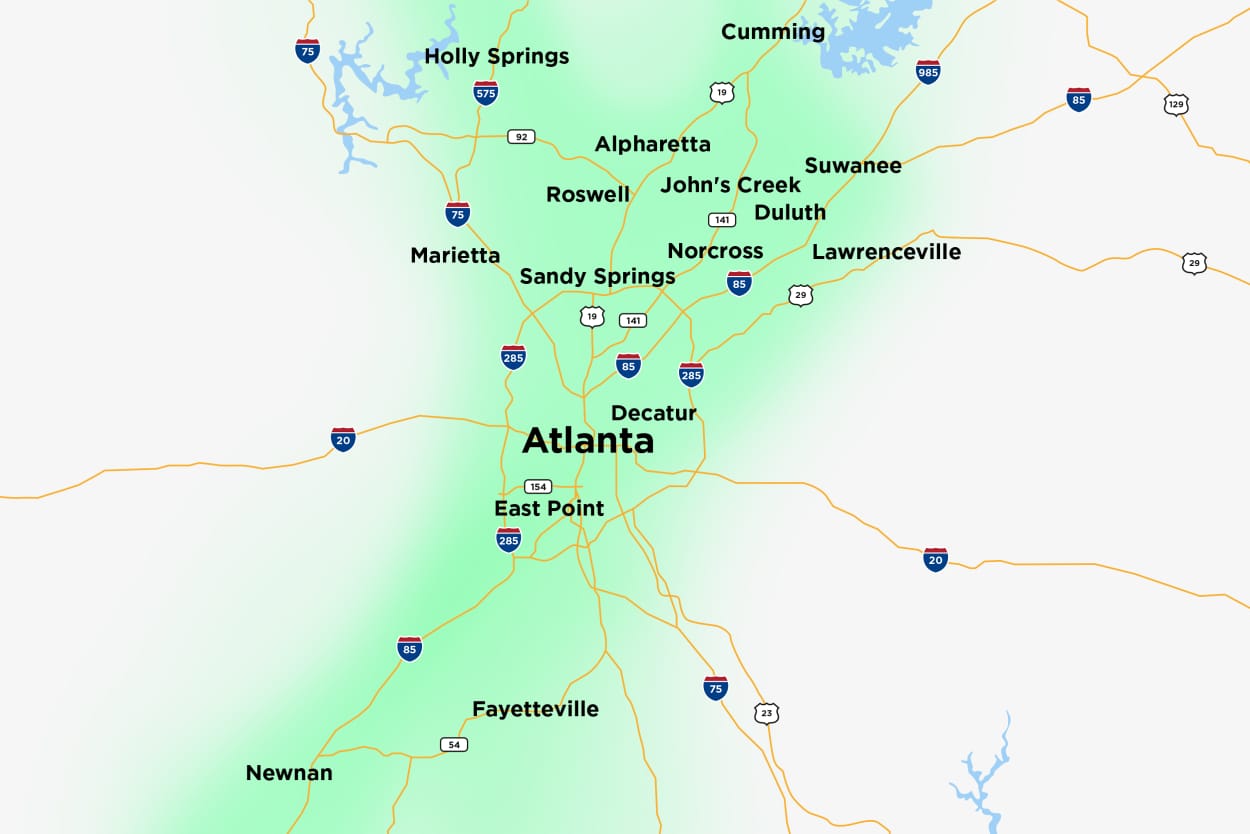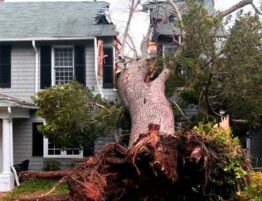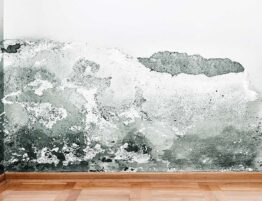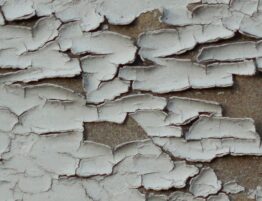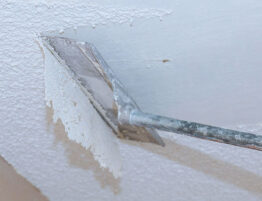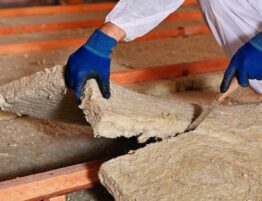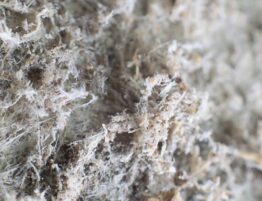
Potential Asbestos Sources and Hazards
Long-term exposure to asbestos is linked to serious health issues – a danger that is intensified when the substance is disturbed.
Renovating or demolishing houses that contain asbestos releases the dangerous fibers into the air – which remain in the environment for hours on end.
Unprotected or untrained workers and homeowners who are exposed to these contaminated environments are at risk of breathing in the fibers and facing the health problems that asbestos poses.
Here, we’ll outline the hazards, sources, and guidelines you need to renovate or demolish your building – safely.
FAQ: What is Asbestos?
Asbestos is a mineral fiber that was used as a type of insulation material up until 40 years ago. The fiber was also added to building materials such as plaster and cement to provide greater strength.
Here, we’ll answer some common questions surrounding asbestos and its uses.
Where exactly was asbestos used in old houses?
Until the late 1980s, over 3,000 different products were made with asbestos. These products were installed and used in the construction process of buildings and homes. When these older houses are renovated or demolished, the asbestos-containing products and materials are released into the environment, endangering workers and homeowners.
Learn more about our asbestos removal services
What should I do to responsibly oversee a renovation or demolition?
As a homeowner, employer or builder, you’re liable for ensuring the safety and health of everyone on-site and the surrounding public. That means, when planning any renovation, salvage, or demolition work, you must have WorkSafeBC OHS regulations prepared and reviewed.
This is especially important for Part 20 of the regulations on demolition and Part 6: Asbestos.
What am I expected to do before the renovation, demolition or salvaging process begins?
- A qualified person must be present on-site in order to professionally identify any asbestos contamination that needs to be disturbed, removed or handled.
- At least 24 hours before work begins, you must send WorkSafeBC the form, “Notice of Project” for asbestos.
- The onsite workers must be qualified and trained to handle and remove asbestos in order to safely and properly dispose of the asbestos-contaminated materials.
- Written confirmation should be sent to you, stating that the removal listed on the Notice of Project has been completed properly.
If you’re looking for additional information or details on demolition and renovation safety, refer to the OHS Guideline G20.112.
Along with hazard explanation of asbestos removal, this guideline also offers information on these important topics:
- What a proper asbestos inspection consists of.
- Organizing and confirming safe asbestos removal.
- What you should do if you come across additional asbestos-containing materials during your work.
What happens if I come across more potential asbestos-containing materials once work has commenced?
You must stop all work immediately. Once you have stopped and left the premises, get a qualified asbestos-removal professional to come and remove the materials. Only after this happens can you continue working.
Where should I look for more information about Notice of Project forms and asbestos?
Visit worksafebc.com and submit the online Notice of Project form. Head to Asbestos Removal Pro for more information and removal services.
Where to Find asbestos at Home
It’s important to remember that asbestos use has declined significantly since the late 1980s. However, if your home was built before 1990, your home likely contains asbestos-containing products. Typically, asbestos materials are found in these sources in your home:
- Shingles and roof felt
- Loose insulation, like vermiculite
- Roof gutters (cement)
- Incandescent light fixtures
- Ash and artificial fireplace logs
- Deks (under-sheeting)
- Acoustic tiles
- Pipe insulation
- The padding underneath fireplace hearths
- Main fuse and panel boxes (flash guards)
- Gasket and door covers
- Furnace and boiler insulation
- Recessed lighting backing
- Stucco products
- Textured ceilings and walls
- Outlets and switches
- Linoleum sheet floors and vinyl tiles
- Window putty
- Heat reflector on wooden stoves
- Electrical wire insulation
So, as we can see, there are many areas in the house that may hold asbestos-containing materials. In order to approach demolition, renovation or salvage projects safely for everyone involved, including the general public, it’s important to understand what to watch for, how to prepare, and who to call for professional assistance.
Our locations
Metro Atlanta, GA
Asbestos Removal PRO
3338 Peachtree Rd, Unit 2104
Atlanta, GA 30326
Phone: 404.456.6438
South Florida
Asbestos Removal PRO
827 NW 47th St,
Miami, FL 33127
Phone: 305-699-2565

